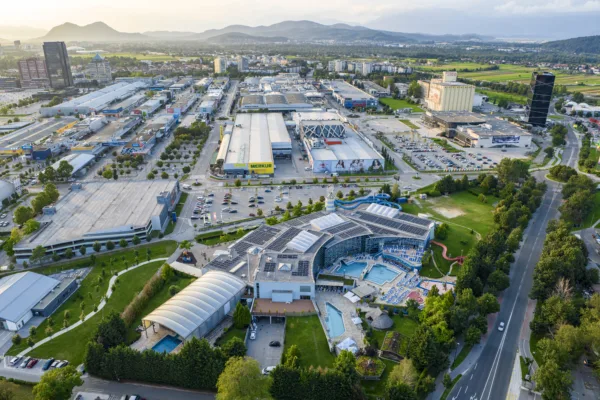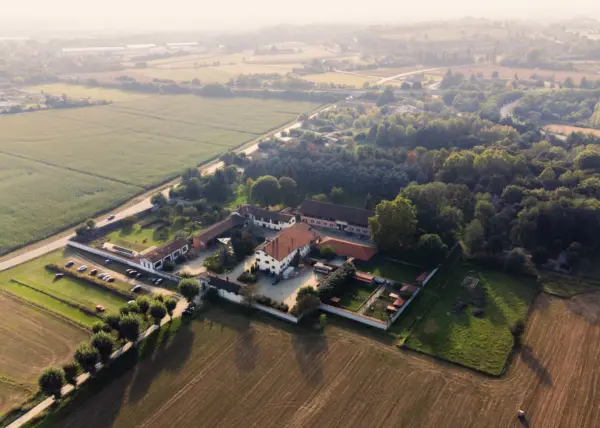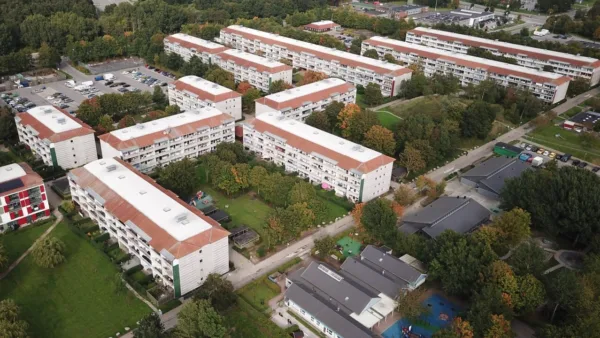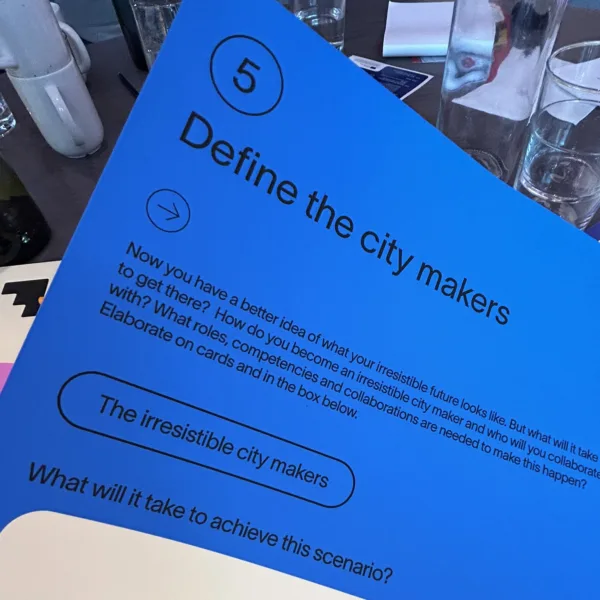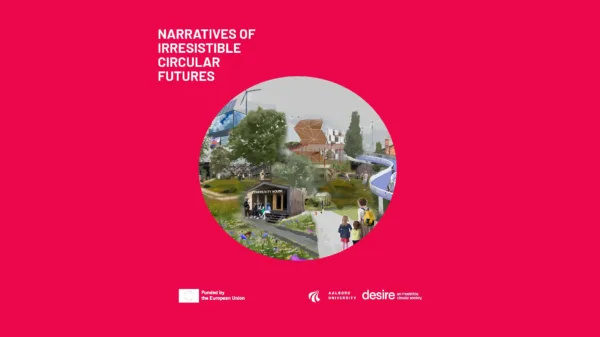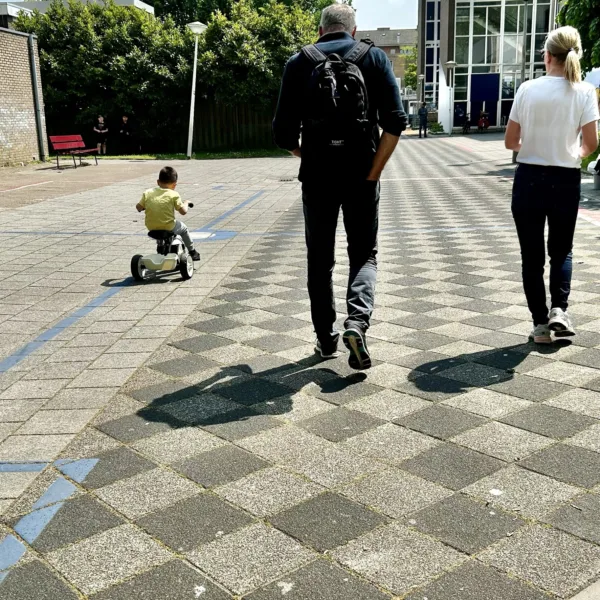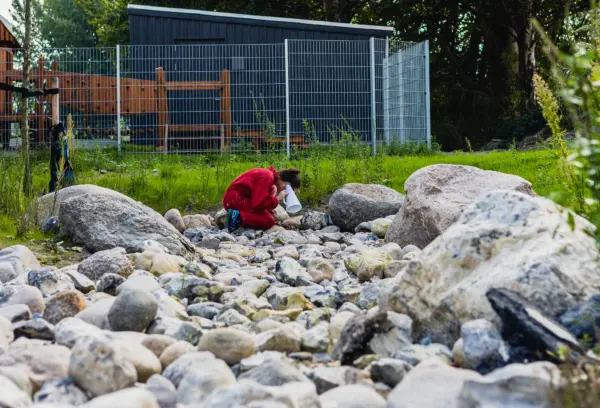Create a joint long-term vision
When mobilising the ecosystem in taking part in a transformation, it is very beneficial to establish a joint long-term vision, with emphasis on ‘joint’. Take the time to create a unified image of what success looks like, a shared vision of what to strive for, and collectively answer what a shared and preferred future looks and feels like. Thus, co-create a joint vision and visualise it for everyone to see.
Understand the importance of timing. The stages of development are crucial for all stakeholders. The recognition from the involved stakeholders of where each part stands in the process leads to aligning efforts and setting realistic expectations, fostering better coordination and synergy towards common goals.
Connect initiatives to policy
Secure the relevance and interest of the right people at the right levels - both at a political level and in other important stakeholder spheres.
Make sure there is broad anchoring – not relying on one single person in an organisation. Having both the mom, the local soccer team, the start-up, and the municipality on board with your mission helps ensure connections and mobility between bottom-up agency and top-down policy.
Balance long-term vision and short-term success
Navigate consciously between visions and dream images on the one side and something short-sighted, concrete, and within reach on the other side. In other words, this is the ability to switch between abstract and concrete levels in the transformation process going forward. The balance of the two is essential because the motivation of actors involved in the transformation process relies on the space to dream and create ambitious visions, as well as on the concrete and tangible signs of progress. One cannot exist without the other.
Pay attention to expectations and resistance
It can be hard to grasp a long-term transition. When aiming high and being as ambitious as it requires to transform a place, expectations to a certain pace or improved quality of life most likely will grow accordingly. Pay attention to expectations, how they grow or change, and avoid disappointments.
Considering resistance and fatigue as integral parts help stakeholders and involved communities gain greater awareness of risks or obstacles. It is not about ‘bypassing the obstacle’ but integrating different design strategies, adapting to sudden changes, including diverse perspectives, accommodating different project timelines, and considering partial results as meaningful results.
Celebrate results and successes
Demonstration that the transformation is happening is vital to keep momentum and commitment. It is important to stimulate the feeling (and the fact) that things are progressing and that success is not only achieved when reaching the vision, potentially many years from now. No success is too big or too small to be celebrated.
Work with what you got
Aiming high and working with what you have is not the contrary. Map and make the most of local resources. Inclusion is not only about actors it is also about including existing natural resources and assets of a place.
Harmonise existing resources, skills, and activities by building on consolidated knowledge, systems, and learnings, and draw lessons from successes and challenges.

